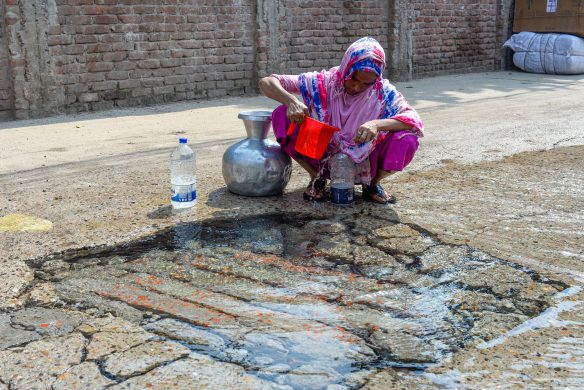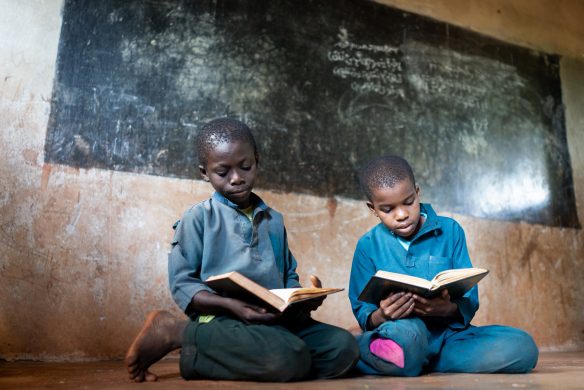Af Cecilia Rosen, SciDev.Net
I Nicaragua er der fremskredne planer om at grave en ny kanal, der skal forbinde Stillehavet og det Caribiske hav og dermed konkurrere med Panama-kanalen. Men den manglende offentliggørelse af en miljørapport vækker kritik.
BUENOS AIRES, 12. August (SciDev.Net): An ambitious project to build a canal for container ships across Nicaragua has moved closer despite scientists’ concerns that the full assessment of its environmental impacts remain unpublished.
Last month (8 July), the China-based HKND Group – the company chosen to build the canal – announced the approval by a committee of government officials, businessmen and academics of one of the five proposed routes (see map below).
It estimates construction cost at 40 billion US dollar (220 mia. DKR) and says the canal could be open by 2020.
Kineserne har store planer
The Nicaraguan government granted rights to build the canal to the Chinese group last year. It claims the project will create jobs and tackle poverty.
According to government officials in Managua the canal would create about 250,000 jobs.
HKND also plans to build holiday resorts alongside the canal. Telémaco Talavera, a member of the committee that approved the project, told Nicaraguan TV channel TN8 last month that the resulting rise in tourism will bring broad economic and social benefits.
The canal proposal is ambitious. If the current route goes ahead it will be around 278 kilometres long – more than three times the length of the Panama Canal — and up to 520 metres wide.
Men kanalen er også kontroversiel
Its route would pass through Central America’s largest lake: Lake Nicaragua.
This is one of the main concerns for opponents, who argue that this rich area of biodiversity and important source of fresh water will be greatly harmed. The route also cuts through areas of biological importance.
“We haven’t been able to convince the government about the importance of taking into account the environmental and social impacts of the project,” says Jorge Huete-Pérez, vice-president of Nicaragua’s Academy of Sciences.
He co-wrote an opinion article for Nature in February, in which he said the canal “could create an environmental disaster in Nicaragua and beyond”.
The HKND Group commissioned consultancy Environmental Resources Management to assess the canal’s likely environmental and social impacts. But only a July presentation showing general aspects of the resulting studies has been publically distributed.
This creates more doubts about the project’s transparency, says Huete-Pérez, especially for scientists eager to judge the quality of the studies.
Huete-Pérez says the Academy of Sciences is working to create an expert commission to independently study the project proposal.
But he warns that this will only be possible if the HKND publishes all the study results.
Planer om at gå i gang med byggeriet allerede i år
Even if the environmental and social impacts identified by the assessment could result in changes to the original plan, they may be minimal because HKND aims to begin construction later this year, said Talavera during the announcement of the approved route.
“I have the impression that the decision was made long ago and there is just a simulation of a debate,” says Huete-Pérez.
Pedro Alvarez, an engineer at Rice University, United States, says: “The whole affair has lacked transparency, open bidding, independent assessment and opportunities for multiple stakeholders to provide input.”
He also doubts the canal will ever be completed, since there are “unaccounted costs and technical challenges, as well as questionable feasibility”.
Artiklen stammer fra SciDev.Net, hvor den er publiceret under en Creative Commons-licens.















